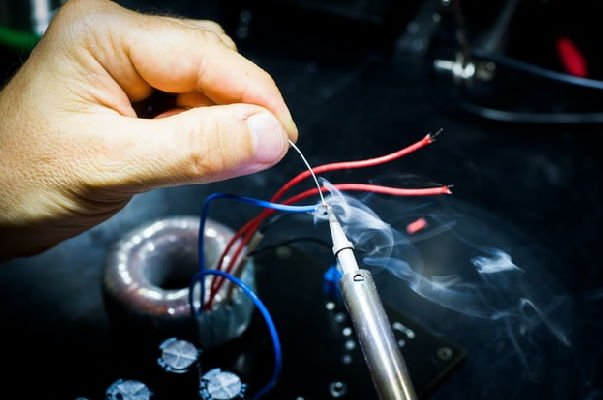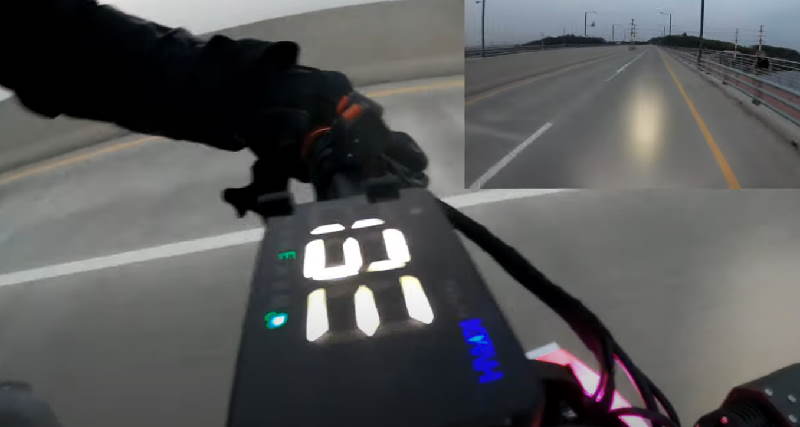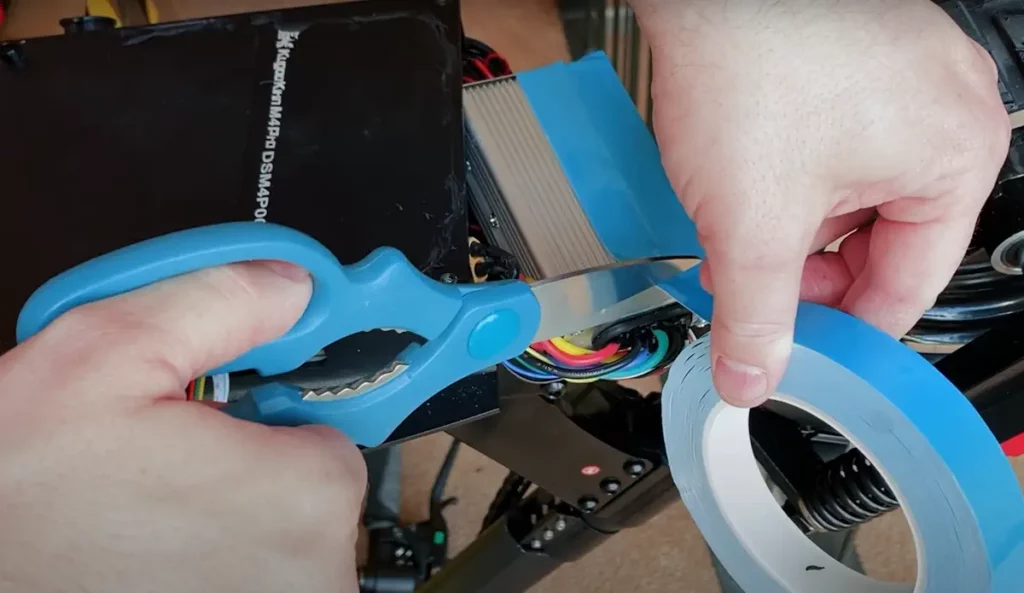Wondering what influences your electric scooter battery life?
Well, there are a few things you should consider if your electric scooter’s range drops significantly or its performance worsens.

Electric scooter battery life
An electric scooter battery will typically last between 2 and 3 years, or between 300 to 500 charging cycles, whichever comes first. You can expect the battery performance to start degrading after 200-300 charging cycles. Lower-quality batteries can last less than 1 year, but good batteries can last up to 5 years.
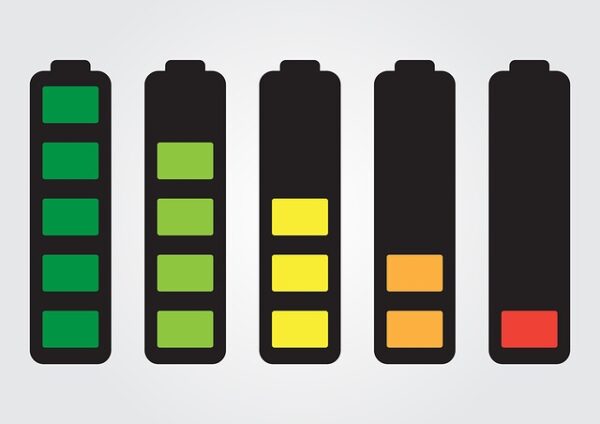
How long does electric scooter battery last?
An electric scooter battery lasts 2 to 3 years, with some enduring up to 5 years.
Yet, it’s more accurate to assess battery lifespan in terms of charge cycles. Most batteries offer between 300 to 500 charging cycles, while the top-quality batteries can achieve 1000 charging cycles. Over several hundred charge cycles, battery performance diminishes.
Each full charge cycle goes from 0% to 100%, but this rarely occurs. Approximately 300 to 500 full charge cycles equate to roughly 600 to 1000 charges from 50% to 100%.
For instance, if you charge your scooter daily, expect a battery life of 1 to 2 years.
However, most people won’t ride daily. Charging every 2 or 3 days is a more realistic scenario, as it will extend the battery life to at least 2 years, or to 5 years.
What does battery life depend upon?
There are a few important factors that will determine the lifetime of an electric battery.
Battery type and brand
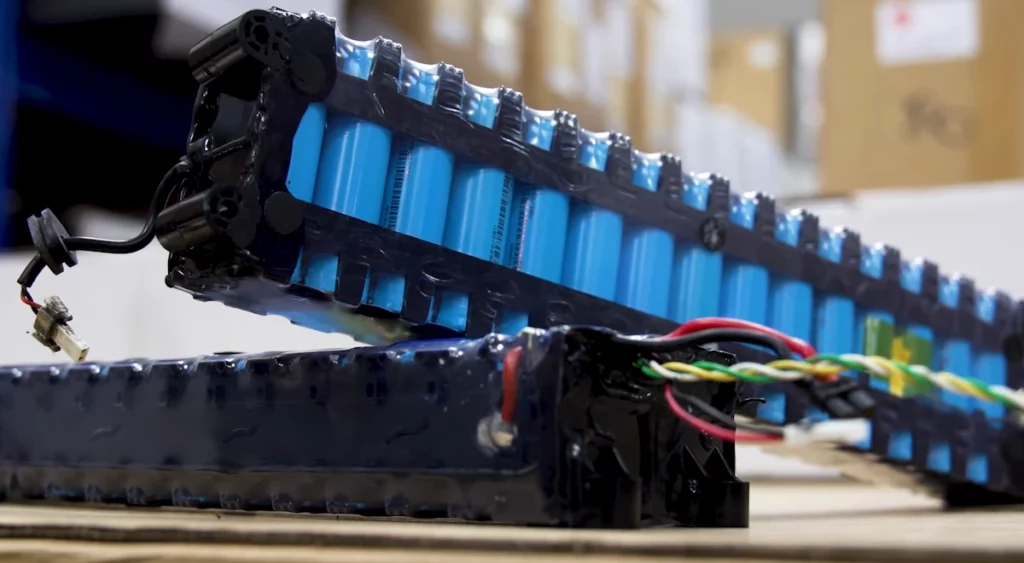
Electric scooters typically use one of three main types of batteries:
- Lithium-Ion (Li-ion) batteries: Lithium-ion batteries, favored for their high energy density, extended cycle life, and lightweight design, are the most popular and common e-scooter batteries.
- Lead-Acid batteries: These batteries are heavier, have lower energy density, and a shorter cycle life compared to lithium-ion batteries. You’ll typically find them in older or budget-friendly scooter models.
- Nickel-metal hydride (NiMH) batteries: NiMH batteries are an older technology, and while they are more environmentally friendly than lead-acid, they are less common in electric scooters today. They offer moderate energy density and cycle life.
When it comes to battery brands, many prominent and smaller brands produce batteries for electric scooters with similar performance and metrics.
However, battery specifications, such as voltage and capacity, tell only part of the story.
Battery production is a highly competitive, innovative industry with closely guarded trade secrets.
This is why a battery from a well-known brand like Samsung will consistently outlast and outperform a generic, unbranded Chinese battery. It’s important to note that while China boasts several reputable battery manufacturers, they typically can’t match the quality of Samsung or LG batteries.
While China has reputable battery manufacturers, they generally can’t match Samsung or LG. Despite that, it’s advisable to opt for one from a major Chinese manufacturer like BYD or CATL, rather than a company that has only recently entered the battery production industry.
Battery and motor specifications

Battery specifications, such as voltage and charge capacity, impact battery lifespan, and this applies to the motor as well.
A battery with greater charge capacity means fewer frequent charges, reducing charge cycles and extending battery life. In other words, higher charge capacity (measured in Ah or Ampere-hours) equates to a longer lifespan.
Conversely, a battery with higher output voltage delivers motor power more rapidly, especially if it nears the motor’s maximum voltage tolerance. In such cases, the motor depletes the battery quickly, necessitating more frequent recharges. This leads to quicker depletion of available charge cycles and shorter battery life.
While attempting to modify scooter internals to enhance battery lifespan is possible, it’s not advisable as it can backfire. Consider this carefully.
Increase battery life
As a scooter owner, your actions matter in preserving your battery’s lifespan.
Doubling the battery’s lifespan is an unrealistic goal, but by following these tips, you can reasonably extend it by 20% to 35%:
- Don’t let your battery get completely drained
- Charge your scooter frequently
- Avoid overcharging your battery
- Avoid water contact
- Watch the temperature
- Shield your battery from sun exposure
- Use the original charger
- Charge at the normal or slower rate
- Inspect your battery
How do I know if my electric scooter needs a new battery?
The scooter’s range is the most dependable indicator for battery replacement. As batteries age, it’s common for the range to decrease. If you consistently achieve only half or less of your scooter’s usual range, it’s probably time for a new battery.
Moreover, when the scooter’s overall performance degrades to an unsatisfactory level, it’s a suitable time to consider replacing the battery.
How much does a new electric scooter battery cost?
A replacement battery for your electric scooter will typically cost between 15% and 30% of the original scooter’s price. So for example, if your scooter costs $500, a new battery will cost you somewhere between $75 and $150.
With the Xiaomi M365, you can expect around 300-500 charge cycles in total, and around 200-300 charge cycles before the battery starts to wear out. Since the range on a single charge for the Xiaomi M365 is 30 kilometers, you can expect 6.000 kilometers before you notice your range decreasing, and at least 9.000 kilometers before your battery dies.
The Xiaomi 365 Pro can last between 300 and 500 charge cycles, although the performance will probably start to degrade after 250-300 charge cycles. With a range of 45 kilometers on one charge, the battery should give you around 8.000 – 10.000 kilometers before it starts degrading, and somewhere between 15.000 and 25.000 before it completely dies out.
The EcoSmart Metro electric scooter can last through 300 to 500 charge cycles, with performance gradually diminishing after 250-300 charge cycles. Boasting a 500-watt high-torque motor and a twist-grip throttle,this scooter achieves speeds of up to 18 mph/29 kmh and can journey approximately 12 mi/19 km on a single charge.
The GoTrax G4 electric scooter can last around 300-500 charge cycles, and 25-300 before the battery starts to wear out. With a range of approximately 25 miles (40 kilometers) on a single charge, the battery should provide you with around 7,500 to 12,500 mi/12,000-20,000 km before it reaches the end of its usable life.


